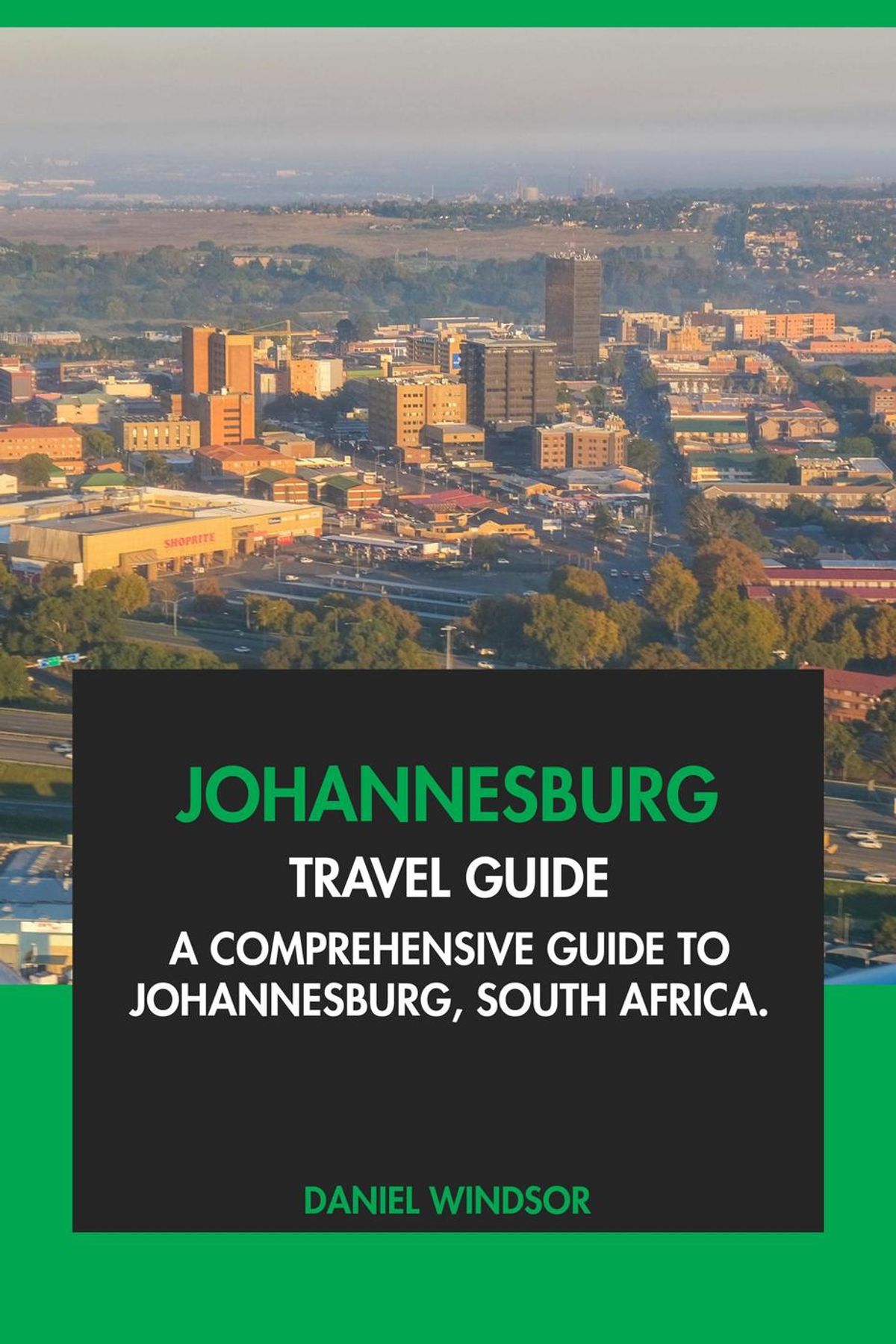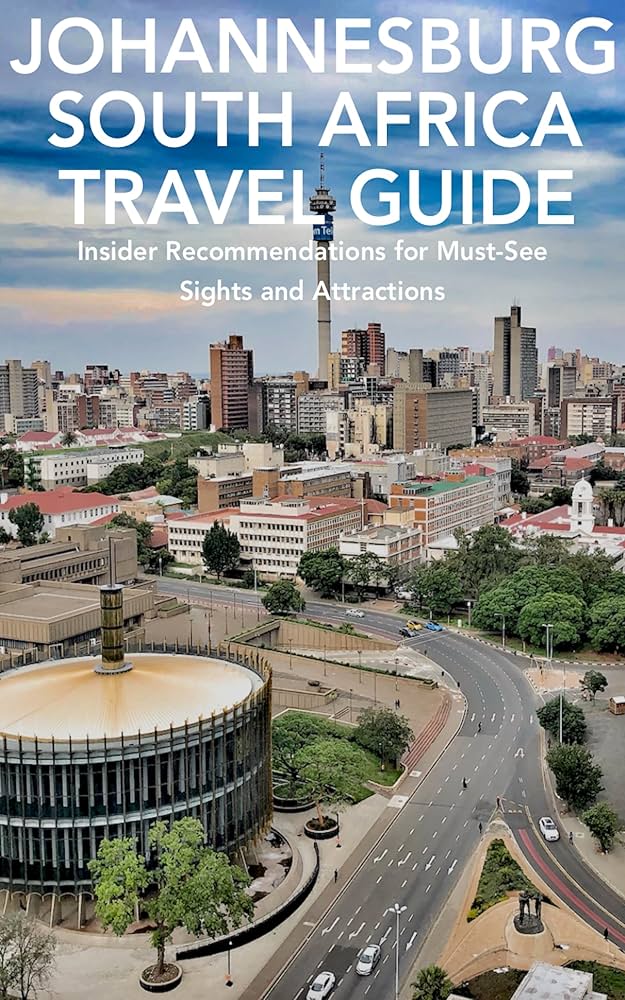
Johannesburg, or Jo’burg as it’s affectionately known, is a city that hums with energy, a place where history and modernity collide to create a vibrant and complex tapestry. Often overlooked as a gateway to South Africa’s natural wonders, Johannesburg is a destination in its own right, offering a rich cultural experience, a glimpse into a turbulent past, and a burgeoning arts and culinary scene. This guide will navigate you through the City of Gold, ensuring a memorable and enriching journey.
A Glimpse into History: From Gold Rush to Rainbow Nation
Johannesburg’s story is inextricably linked to the discovery of gold in 1886. This single event transformed a quiet agricultural area into a bustling metropolis, attracting fortune seekers from across the globe. This rapid growth, however, came at a cost. The discovery of gold fueled colonial ambitions and laid the foundation for the oppressive apartheid regime.

Related Articles about Johannesburg: A City of Gold, Grit, and Growth – Your Comprehensive Travel Guide:
- España: A Tapestry of Sun, Sangria, and Centuries of Stories – Your Ultimate Travel Guide
- Aloha to Paradise: Your Ultimate Guide to the Hawaiian Islands
- The Enchanting Emerald Isle of Europe: A Comprehensive Travel Guide to the Czech Republic
- A Comprehensive Traveler’s Guide to the United Kingdom: From Ancient Stones to Modern Marvels
- The Netherlands: A Journey Through Windmills, Canals, and Centuries of Charm
Understanding this history is crucial to appreciating Johannesburg today. Apartheid, a system of racial segregation and discrimination, deeply scarred the city and its people. While the transition to democracy in 1994 marked a turning point, the legacy of apartheid continues to shape the city’s socio-economic landscape.
Today, Johannesburg is a city striving to overcome its past, a symbol of resilience and hope in the face of adversity. Exploring its historical sites is not just about understanding the past, but also about appreciating the progress made and the challenges that still lie ahead.
Top Attractions: Unearthing the Treasures of Jo’burg
Johannesburg offers a diverse range of attractions, catering to all interests. Here’s a curated list of must-see destinations:
-
Apartheid Museum: This emotionally powerful museum offers a deeply moving and comprehensive account of apartheid in South Africa. Through exhibits, personal stories, and historical artifacts, it provides a stark reminder of the injustices suffered and the long struggle for freedom. Allow at least 3-4 hours to fully experience this museum.
-

Constitution Hill: Once a notorious prison complex that housed political prisoners like Nelson Mandela and Mahatma Gandhi, Constitution Hill now stands as a symbol of democracy and justice. Explore the Old Fort Prison, Number Four Prison, and the Women’s Jail, and reflect on the sacrifices made in the fight for freedom. The Constitutional Court, located on the site, is a testament to the country’s commitment to human rights.
-
Soweto (South Western Townships): A visit to Johannesburg is incomplete without experiencing Soweto. This vibrant township played a pivotal role in the anti-apartheid movement. Explore Vilakazi Street, the only street in the world to have housed two Nobel Peace Prize winners: Nelson Mandela and Desmond Tutu. Visit Mandela House, now a museum, and Hector Pieterson Memorial, commemorating the young student killed during the 1976 Soweto Uprising. Consider a guided tour for a deeper understanding of the township’s history and culture.
-
Gold Reef City: Step back in time at Gold Reef City, a theme park built on an old gold mine. Explore the reconstructed gold mine, witness a gold pouring demonstration, and enjoy thrilling rides and entertainment. This is a great option for families and those interested in learning about the city’s gold mining history.
-
Lion & Safari Park: Get up close and personal with South Africa’s iconic wildlife at the Lion & Safari Park. Enjoy guided game drives, interact with lion cubs, and learn about the conservation efforts being made to protect these magnificent animals.
-
Cradle of Humankind: Venture just outside Johannesburg to the Cradle of Humankind, a UNESCO World Heritage Site. This area is rich in fossil discoveries, offering insights into the origins of humanity. Visit the Sterkfontein Caves, where the famous "Mrs. Ples" hominid fossil was discovered, and the Maropeng Visitor Centre for an interactive and educational experience.
-
Maboneng Precinct: Experience Johannesburg’s vibrant urban regeneration in the Maboneng Precinct. This trendy district is filled with art galleries, boutiques, restaurants, and rooftop bars. Explore the Neighbourgoods Market on Sundays for a taste of local food and crafts.
-
Johannesburg Art Gallery (JAG): Home to an impressive collection of South African, African, and international art, JAG is a must-visit for art enthusiasts. Explore works by renowned artists such as Gerard Sekoto, Irma Stern, and William Kentridge.
-
Botanical Gardens and Emmarentia Dam: Escape the hustle and bustle of the city at the Johannesburg Botanical Gardens and Emmarentia Dam. Enjoy a leisurely stroll through the beautiful gardens, rent a boat on the dam, or simply relax and soak up the natural surroundings.
Travel Tips: Navigating Jo’burg Like a Local
-
Safety First: Johannesburg has a reputation for crime, so it’s important to be vigilant and take precautions. Avoid walking alone at night, especially in poorly lit areas. Keep valuables out of sight and be aware of your surroundings. Consider using reputable ride-hailing services or taxis for transportation.
-
Transportation: While Johannesburg has a public transportation system, including the Gautrain and buses, it’s often more convenient and safer to use ride-hailing services like Uber or Bolt. Alternatively, hire a private car and driver for a more personalized experience.
-
Currency: The South African currency is the Rand (ZAR). Credit cards are widely accepted, but it’s always a good idea to carry some cash for smaller purchases and tips.
-
Tipping: Tipping is customary in South Africa. Tip waiters 10-15% of the bill, and offer small tips to porters, parking attendants, and tour guides.
-
Language: South Africa has 11 official languages, but English is widely spoken in Johannesburg.
-
Stay Connected: Purchase a local SIM card for easy access to data and communication.
-
Respect Local Culture: Be mindful of local customs and traditions. Dress modestly when visiting religious sites and avoid public displays of affection.
-
Book Accommodation in Advance: Johannesburg offers a wide range of accommodation options, so it’s best to book in advance, especially during peak season.
Accommodation Options: Finding Your Perfect Stay
Johannesburg offers a diverse range of accommodation options to suit all budgets and preferences:
-
Luxury Hotels: For a luxurious experience, consider staying at hotels like The Saxon Hotel, Villas & Spa, Four Seasons Hotel The Westcliff Johannesburg, or The Palazzo Montecasino.
-
Boutique Hotels: For a more intimate and stylish experience, explore boutique hotels like The Peech Boutique Hotel, 10 2nd Avenue Houghton Estate, or Clico Boutique Hotel.
-
Guesthouses & Bed and Breakfasts: These offer a more personal and affordable option, often with a local touch. Look for guesthouses in areas like Melville, Parkhurst, and Greenside.
-
Budget Hostels: For budget travelers, hostels like Once in Joburg and Brown Sugar Backpackers offer affordable accommodation and a chance to meet fellow travelers.
-
Apartments & Airbnb: Consider renting an apartment or Airbnb for a more independent and self-catering experience.
Transportation: Getting Around the City
-
Gautrain: The Gautrain is a modern rapid rail system that connects Johannesburg, Pretoria, and OR Tambo International Airport. It’s a safe and efficient way to travel between these key destinations.
-
Buses: The Rea Vaya Bus Rapid Transit system provides a reliable and affordable way to travel within Johannesburg.
-
Ride-Hailing Services (Uber & Bolt): These are widely available and offer a convenient and relatively safe way to get around the city.
-
Taxis: Taxis are available, but it’s important to use reputable companies and negotiate the fare beforehand.
-
Car Rental: Renting a car provides flexibility, but be aware of traffic congestion and parking limitations.
Best Time to Visit: Planning Your Trip
The best time to visit Johannesburg is during the shoulder seasons: spring (September-November) and autumn (March-May). The weather is pleasant, with warm days and cool evenings.
-
Spring (September-November): Wildflowers are in bloom, creating a colorful landscape. The weather is ideal for outdoor activities.
-
Autumn (March-May): The leaves change color, creating a picturesque atmosphere. The weather is mild and comfortable.
-
Summer (December-February): Summers can be hot and humid, with frequent thunderstorms.
-
Winter (June-August): Winters are dry and cool, with cold nights. This is a good time for wildlife viewing, as animals tend to congregate around water sources.
Johannesburg: A City That Will Stay With You
Johannesburg is more than just a city; it’s an experience. It’s a place that challenges, inspires, and leaves a lasting impression. From its rich history and vibrant culture to its stunning natural beauty and burgeoning arts scene, Johannesburg offers something for everyone. By following this guide and embracing the spirit of the city, you’re sure to have an unforgettable adventure in the City of Gold. Be prepared to be moved, be prepared to be challenged, and be prepared to fall in love with the resilience and energy of Johannesburg.





